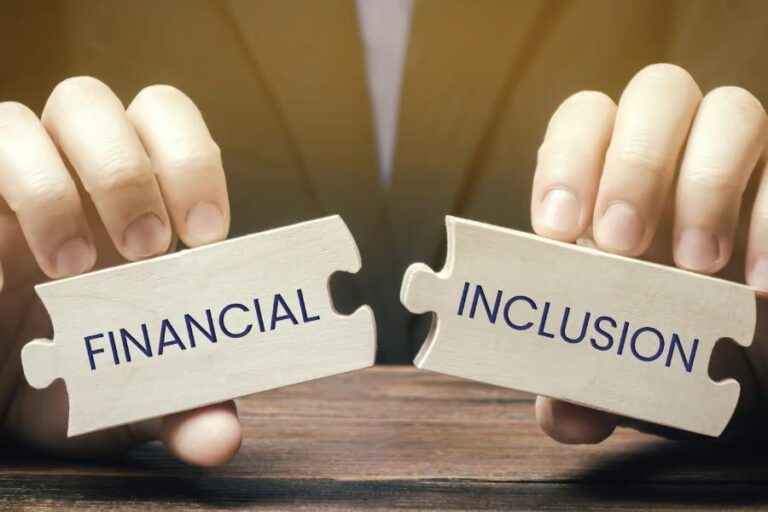Understanding Financial Inclusion
Financial inclusion refers to the accessibility of financial services to all individuals, regardless of their socioeconomic status. In South Asia, this concept is crucial, particularly for women, who often face barriers in accessing financial resources. Considering the varying levels of economic development and gender norms in this region, addressing financial inclusion for women is imperative for overall progress.
The Current Landscape
Despite some advancements, women in South Asia still lag behind men in terms of financial access. Data suggests that only a fraction of women have bank accounts or access to credit facilities. This lack of access severely limits their ability to save, invest, and contribute to household income.
Barriers to Financial Inclusion
Several barriers contribute to the financial exclusion of women in South Asia. Societal norms, lack of education, and limited mobility often prevent women from seeking financial services. Moreover, institutional barriers and discrimination within financial institutions exacerbate the problem.
The Importance of Financial Literacy
Financial literacy plays a key role in enhancing women’s financial inclusion. Educating women about financial products and services can empower them to make informed decisions. Programs aimed at increasing financial literacy specifically for women can significantly improve their economic standing.
Initiatives for Change
Various initiatives are being implemented to promote financial inclusion for women in South Asia. Organizations and governments are working on creating policies that support women’s access to financial services. These initiatives include developing microfinance programs and improving digital payment systems.
The Role of Technology
Technology is a powerful tool in advancing financial inclusion. Mobile banking and fintech innovations provide women with greater access to financial services in areas previously underserved by traditional banks. By leveraging technology, we can bridge the gap and enhance women’s financial empowerment.
Conclusion: A Call to Action
achieving financial inclusion for women in South Asia is a multifaceted challenge that requires concerted efforts. It is imperative for stakeholders to collaborate in creating a more inclusive financial environment. To learn more about ongoing efforts and the importance of financial inclusion for women, visit this link: Financial Inclusion for Women in South Asia.

